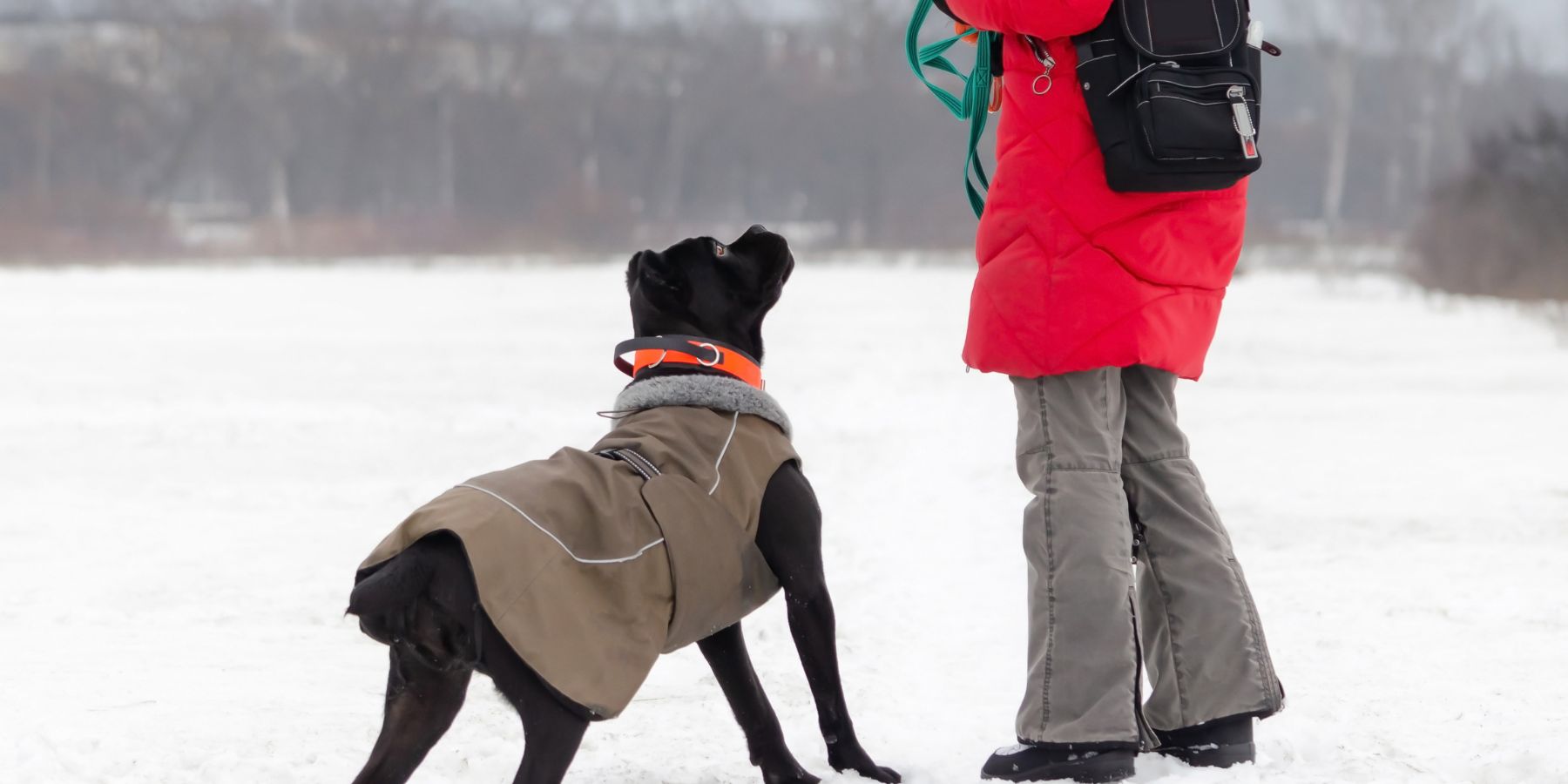As our furry companions go through different life stages, their needs and abilities change. Adapting our approach to training and the commands we use is essential for effective communication. In this guide, we'll explore how tailoring dog commands to specific life stages can contribute to a happy and well-behaved canine friend.
Puppies The foundation of learning
1. Introduction to basic commands
- Start with fundamental commands like sit, stay, and come.
- Use simple, one-word commands for easy understanding.
- Implement positive reinforcement to encourage good behavior.
2. Socialization commands
- Introduce commands like 'meet' and 'gentle' during socialization.
- Encourage positive interactions with other dogs and people.
3. House training commands
- Teach commands related to bathroom routines, like 'outside' and 'potty.'
- Be patient and consistent in reinforcing these commands during the house training process.
Adolescence Building on the basics
1. Reinforcing basic commands
- Continue reinforcing fundamental commands to solidify learning.
- Use treats and positive reinforcement to maintain engagement.
2. Advanced dog commands
- Introduce more complex commands like 'leave it' and 'drop.'
- Gradually transition to off-leash commands in safe, controlled environments.
3. Distraction training
- Practice commands in environments with distractions to enhance focus.
- Reward dogs for following commands amidst various stimuli.
Adulthood Refinement and consistency
1. Consistent reinforcement
- Maintain consistency in using commands learned in previous stages.
- Reinforce good behavior and promptly correct undesirable behavior.
2. Specialized commands
- Introduce commands related to specific activities, such as 'fetch' or 'heel.'
- Adapt commands to fit the dog's lifestyle and activities.
3. Health-related commands
- Teach commands for veterinary visits, grooming, and administering medication.
- Make these experiences positive through rewards and reassurance.
Senior years Gentle commands and care
1. Adjusting commands for physical changes
- Modify commands to accommodate any physical limitations.
- Use gentle commands for activities like walking and playing.
2. Health monitoring commands
- Teach commands related to health checks, such as 'paw inspection.'
- Monitor any signs of discomfort and adjust commands accordingly.
Summary
Adapting dog commands to different life stages ensures effective communication and a well-behaved canine companion. From the playful puppy days to the senior years, tailoring commands enhance the bond between you and your furry friend.
FAQs about dog commands for different life stages
Q1. Can I teach an old dog new commands?
Yes, older dogs can learn new commands with patience and positive reinforcement. Start with simple commands and gradually introduce new ones.
Q2. Is it necessary to adjust commands as my dog ages?
Yes, adjusting commands to accommodate physical changes and specific needs ensures continued effective communication.
Q3. How often should I reinforce commands for adult dogs?
Consistent reinforcement is key. Regularly practice commands and reward good behavior to maintain the learning process.
Q4. Can I use the same commands for all my dogs, regardless of age?
While some commands remain consistent, adapting certain commands to each dog's age and abilities is beneficial for effective training.
Q5. Are there specific commands for senior dogs with health issues?
Commands related to health checks and gentle activities are valuable for senior dogs. Adjust commands based on any health concerns.


